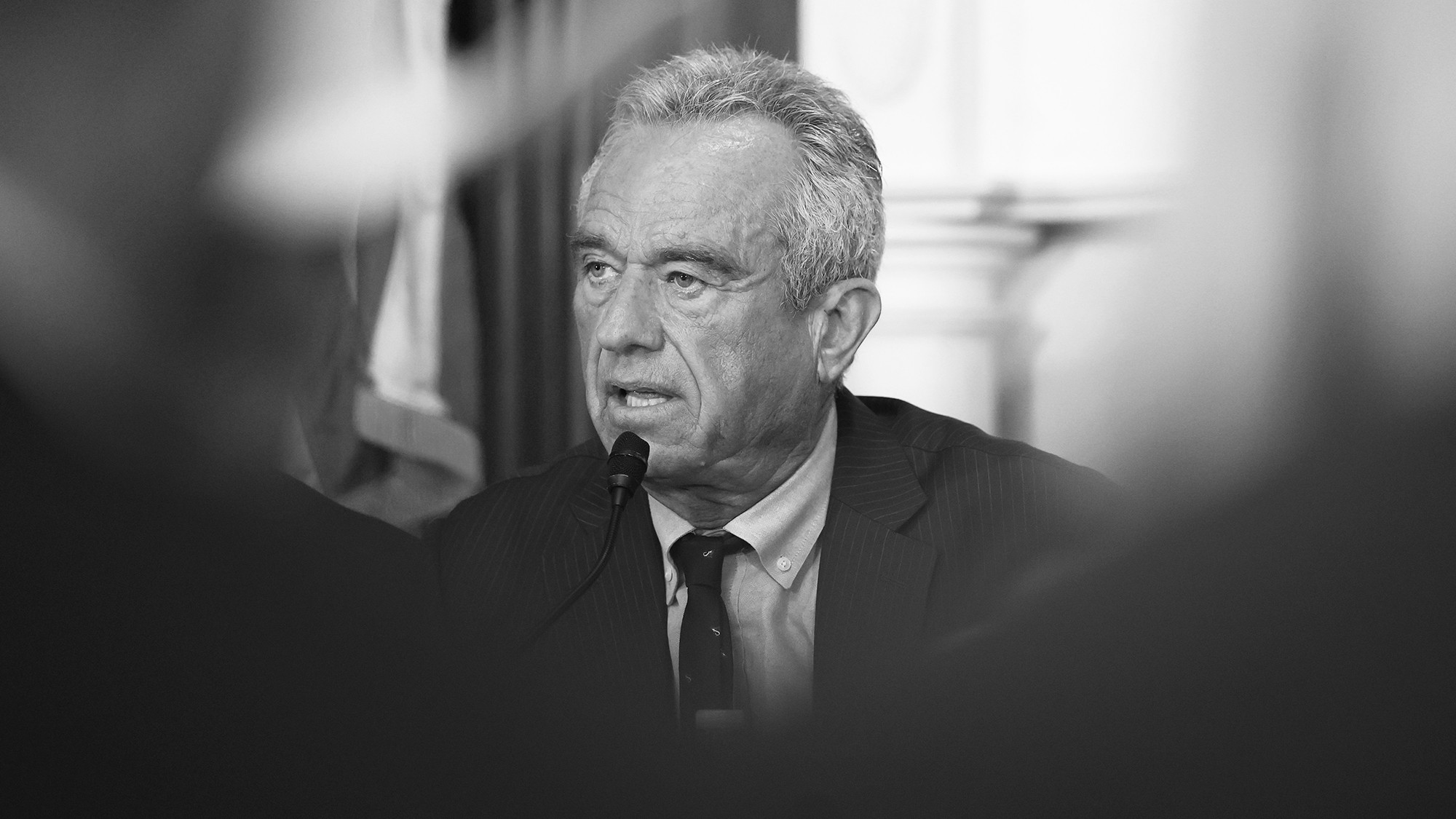Bayada Home Health Care has recently rolled out an AI model to prevent falls and reduce hospitalizations among its personal care clients.
Called the Enhanced Quality of Care Model (EQoC), the model assesses clients’ risk levels and enables Bayada to make faster interventions, improving outcomes and setting the stage for more successful negotiations with payers.
“By having that real-time information, we’re able to be predictive instead of just reactive,” Kroll said. “To paint a picture, we’ve always had fantastic caregivers who would call us and say, ‘Something’s wrong with Mrs. Smith today. I’m just not sure what’s going on.’ Then our nurse would talk to Mrs. Smith or the family, etc. We’re not reliant on that phone call; now we can actually see in the data what’s happening.”
When Bayada first moved from paper to electronic documentation, the company realized it had a treasure trove of unused information from its nurses and caregivers in its practice management system.
On top of this, Bayada had data from another system used to document incidents, such as falls.
“Anytime a client falls, anytime a client’s hospitalized, anytime anything bad happens, we document that in an incident report,” Kroll said. “We said, what if we took those two data sets and we combined them.”
Bayada provides home health, home care, hospice and behavioral health care services in 23 states. The company also has international locations, operating in Germany, India, Ireland, New Zealand and South Korea. Bayada has about 32,000 employees nationwide. On Thursday, the nonprofit announced its next CEO: the former president of Carelon Health, Bryony Winn.
The company zeroed in on fall risks because they are the biggest predictor of hospitalizations among people over 65. While falls are a priority for Bayada, Kroll explained that EQoC has over 40 detection points.
The decision to combine the two data sets was the beginning stages of Bayada’s model EQoC.
“We looked at all the patients who had adverse events like hospitalizations or falls with major injury, and we looked at all of the care documentation,” Kroll said. “Could we find any patterns in the documentation that might signal to us that a fall is coming … so we did that analysis, using large language models. We found, essentially, it wasn’t any one thing. It was a combination of things that were changing a client’s risk for an adverse event.”
Bayada took all of this information and began scoring all of their clients on a risk profile — high, medium or low risk.
“Our home health aides document information every day,” Kroll said. “Did they give the client a bath? Did they support them with meals? Our schedulers are putting information in. All of that is going into a large language model that updates a risk dashboard every single day based on what’s happening. If a client’s risk changes, our nurse reaches out to them, sometimes in person, sometimes over the phone, and will offer different interventions.”
These interventions include physical therapy, additional care hours, home health services and prescription management, among other services.
When implementing this model, Bayada decided to focus on its personal care segment because these clients typically receive care for a longer period. Kroll noted that instead of serving clients for 30 to 60 days, some individuals have received care from the company for years.
“We wanted to focus on [if we] could see risk coming with this particular population, which generally is a population that we have the least amount of data on, and the least amount of tools have been built specifically for this population,” Kroll said. “That’s why we wanted to go out and build our own tool here. We’re just now starting to see others come into this space, but much more effort and energy [have] been put [into] the home health and hospice environments.”
Eventually, the principles behind Bayada’s fall prediction model can be extrapolated to the rest of the organization’s offerings, Mike Johnson, chief researcher of home care innovation at Bayada, said on a recent episode of HHCN’s podcast. Data demonstrating the benefits of this model can then be leveraged in payer negotiations.
“When you talk to Medicaid payers who are … under a ton of stress, if we can show them a way that we can be proactive and reduce readmissions or admissions, not just readmissions, that’s a conversation that they’re interested in,” Johnson said.
Bayada is not the only provider leveraging AI predictions to improve outcomes. Team Select Home Care recently launched a predictive analytics platform specifically for its pediatric respiratory patients. While the platform is still early in its deployment, the organization has already seen a “significant reduction” in hospitalizations.
The post Bayada Rolls Out New AI Model To Prevent Falls, Reduce Hospitalizations appeared first on Home Health Care News.






